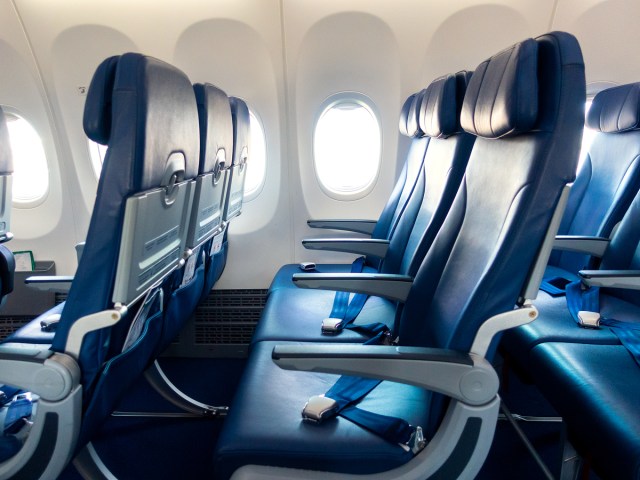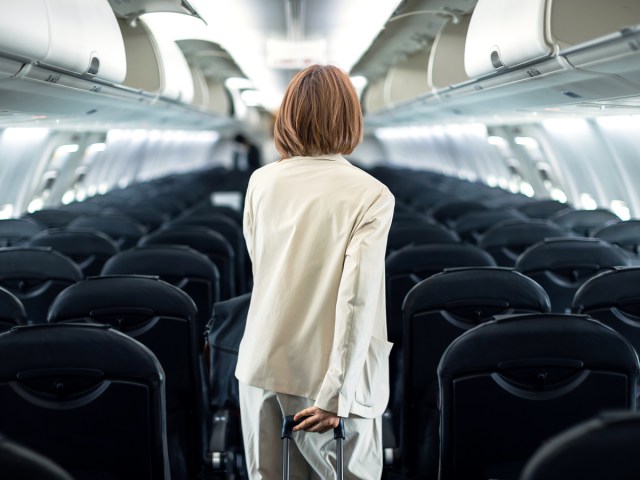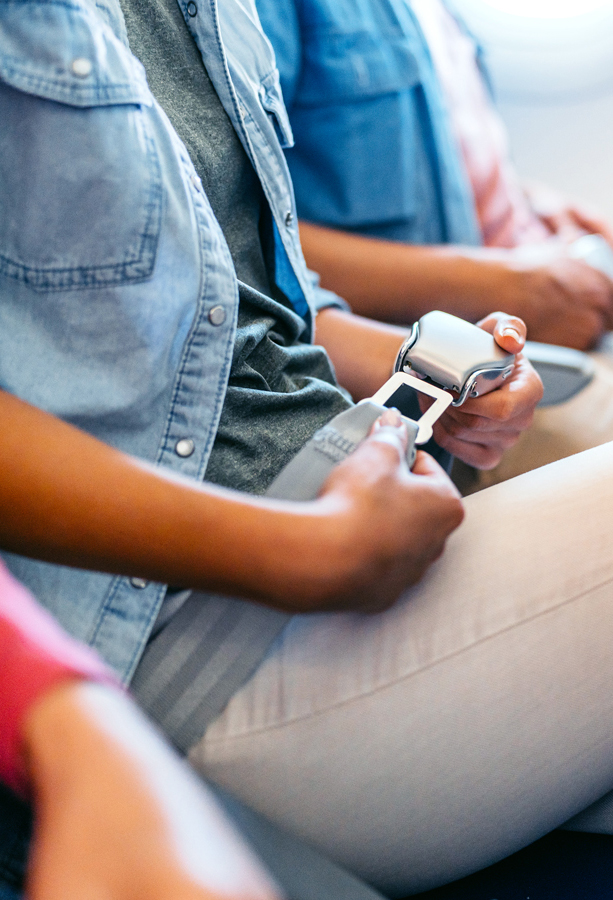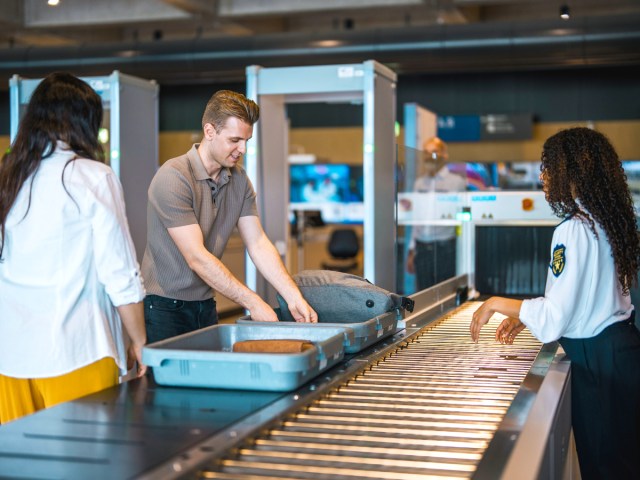Commercial airplanes are among the safest ways to travel. Statistics show that the risk of injury on larger airplanes is extremely low, with only 0.01 injuries per 100 million miles traveled for the average passenger. This adds up to just a few dozen injuries annually, far less than the millions who are hurt in automobiles. But for those who still find themselves with a fear of flying, there are steps you can take to both calm your nerves and also boost your chances of surviving a potential accident, no matter how unlikely it may be. This starts with selecting the right seat. Find out what experts think is the safest section on an airplane.
Which Seats Are the Safest, According to the Data?

In 2015, TIME magazine analyzed 35 years of FAA data regarding aircraft accidents that occurred between 1985 and 2000. The report concluded that seats located in the rear third of the plane had a 32% fatality rate during more serious catastrophes — slightly lower than the 39% fatality rate for passengers located in the middle third of the cabin, and 38% for those located in the front third.
Drilling down further, passengers sitting in middle seats toward the rear of the cabin had a 28% fatality rate, which was also slightly lower than passengers located in seats along the aisle or against the window. The theory is that passengers on both sides provide a buffer against the hard wall of the cabin or anything that may fly down the aisle during a crash. On the flip side, the highest fatality rate anywhere on the plane was 44% for passengers seated in aisle seats located in the middle third of the cabin.
The Downsides of Sitting in the Rear

While the rear of the plane may provide a slightly higher rate of survival during the unlikely event of a fatal accident, that section of the cabin otherwise has a few drawbacks. Not only are they the last rows to disembark or receive in-flight service, rear rows often experience worse turbulence than seats located further up, which can make a routine journey less than pleasant. Rear seats are also often located near the bathrooms, which may also mean unwanted odors. So you might want to ask yourself if all those potential downsides are worth the benefit, especially given how safe air travel is to begin with.
Is Sitting Near the Exit Row Even Safer?

A 2011 study concluded that it may actually be in your best interest to prioritize sitting near an exit row. Passengers located within five rows of an exit were deemed more likely to safely evacuate the aircraft in time before a potential situation became worse. If you’re not seated close to the exit, here’s a helpful tip: When you board the aircraft, count how many rows are between you and the exit. That way, in the event that the cabin fills with smoke, you’ll be able to find your way to the exit even when visibility is obscured.
Keep In Mind That No Two Accidents Are the Same

All told, airplane accidents are incredibly rare. But when they do happen, it’s just as rare for one incident to be identical to another — and there will always be outliers. In certain cases, the issue is with the mechanical components of the aircraft, while at other times it may be weather conditions or human error. It can also be a problem as specific as the tail of the airplane or a collision that happens at the rear — and if this is the case, then suddenly those “safer” rear seats become far more dangerous. Given this variability, some would argue that there actually isn’t a safest seat on the plane. (In fact, the FAA says that all seats are equally safe.) At the end of the day, it’s up to each passenger to decide what seat is best for them depending on their comfort level.
More from our network
Daily Passport is part of Inbox Studio, which publishes content that uplifts, informs, and inspires.























